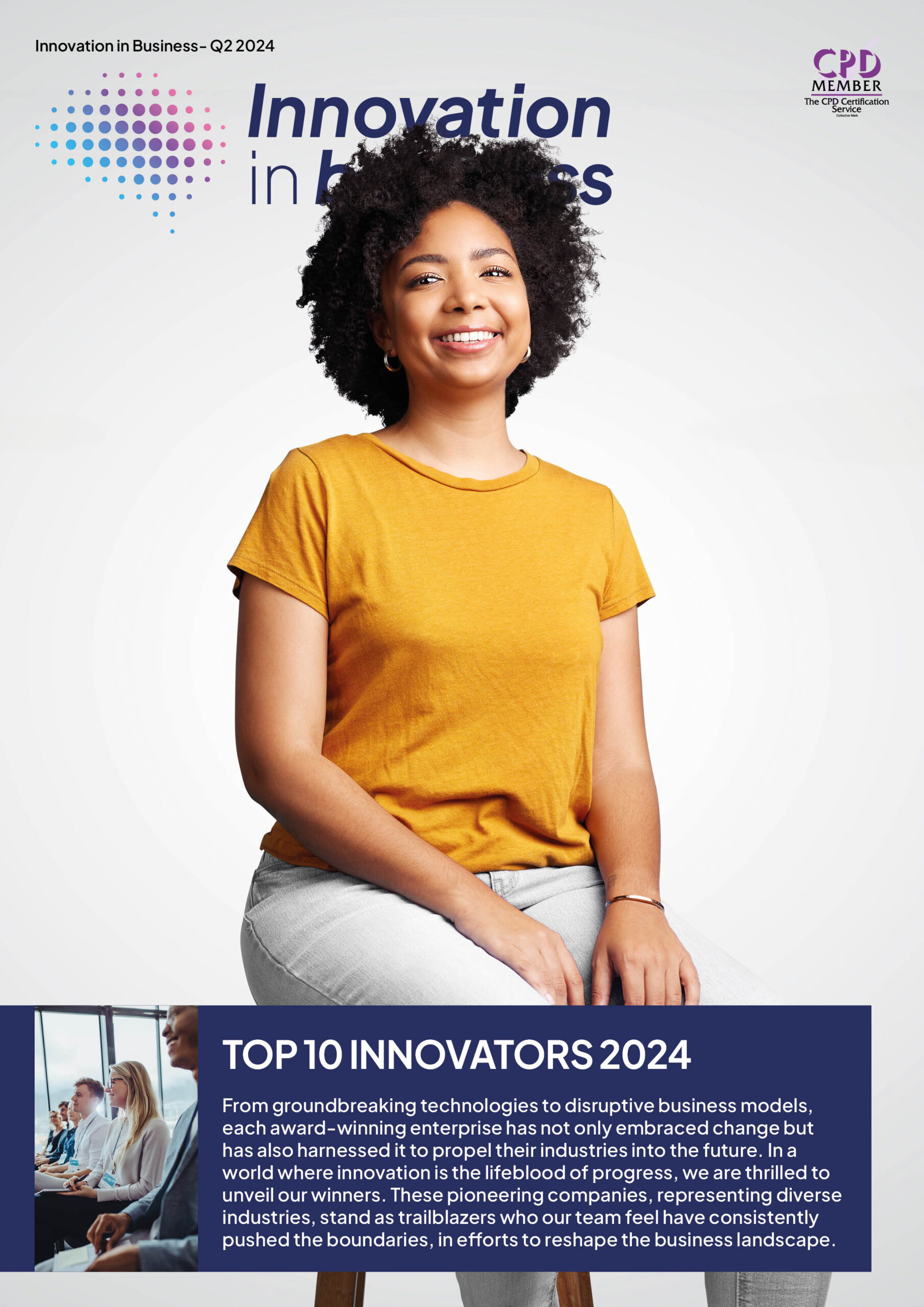
Edge Ecosystems, 5G and Hybrid Cloud to Drive Infrastructure Change in 2023
6 December 2022

Pulsant identifies its six predictions for the year ahead
If data is the fuel powering the global economy, then data centres are the backbone on which it sits. Despite economic slowdowns, the war in Eastern Europe, lockdowns in China and continued supply chain dislocations, the upward trend in cloud infrastructure and mobile connectivity has continued. With latency expectations increasing, the distance that data travels has also never been more critical. Looking ahead to 2023, UK digital edge infrastructure provider, Pulsant, has identified its six predictions for the rapidly changing world of infrastructure.
Ecosystems will power UK business to the edge
As the year progresses, organisations engaged in major projects such as smart cities or industrial IoT implementations will seek out ecosystems over a single-vendor approach. Their dependence on data means these projects will require edge computing for advances such as intelligent, interactive transport system, remote, AI-powered live video analysis, or highly automated, complex manufacturing.
In each case, organisations will want access to more than just a data centre. They will want edge expertise and an ecosystem of companies with specialist understanding of use cases and specific types of connectivity and backhaul. And they will want to avoid being totally reliant on a single vendor. More than one view and multiple options are necessary so organisations can maximise performance and resilience while keeping a lid on cost. Mobile edge computing ecosystems, for example, will facilitate faster and more flexible deployment of location-based services, along with content delivery applications. ResearchandMarkets estimates the entire mobile edge computing market will be worth $2.2 billion by 2026, built on such use cases.
An EY survey of UK businesses and their attitudes to 5G connectivity found 60 per cent already collaborate in an ecosystem and two-thirds believe ecosystem strategies will drive significant growth over the next five years.
Many sectors such as logistics will adopt an ecosystem-based approach. Gartner predicts 25 per cent of supply chain decisions will be made across intelligent edge ecosystems by the end of 2025. Supply chains will be more dynamic and cover larger networks where data and decisions originate at the edge from operators, machines, sensors, and devices.
Connectivity will be about more than a mast
2023 will be the year when connectivity comes more sharply into focus. In the EY survey of UK businesses, 43 per cent admit they struggle to understand how 5G connectivity relates to emerging technologies such as edge computing. This is worse than the global average of 39 per cent. Yet 5G will continue to grow in the UK. EE claims its 5G network was the first to cover half of the UK.
Applications focused on real-time and aggregated data analytics need connectivity that has either low jitter, loss and lag or has dedicated high bandwidth. The telcos have been first movers in this market with 5G, but carrier fibre delivers waves that are more dependable.
MECs (multi-access edge computing environments) provide IT services, compute and cloud access but this will soon give way to sliced radio networks or shared services at the metropolitan level. There are already live use cases in the transport and energy sectors, but large-scale adoption will follow once edge infrastructure platforms have fully developed their low latency connectivity, high-speed backhaul to the public cloud and local computing capabilities.
Expectations will grow as businesses see how the rollout of 5G mobile connectivity really does enable transformational changes in efficiency. In oil, gas and minerals extraction and processing, high capacity and high bandwidth 5G opens the door to analytics-driven automation and digital twin modelling, regardless of location.
Businesses looking to implement these technologies will want to benefit from direct connectivity to the world’s top cloud-providers at the same time as processing data locally to achieve the right level of latency and cost-optimisation. Organisations will seek simplicity in cloud connectivity partnerships, to avoid the complexity of using different exchanges and third-party networks.
Regional data centres will hog more of the limelight
Regional data centres will continue their significant growth. ResearchAndMarkets this year said regional data centres outside the M25 and Slough are adding 20,000 sq ms annually. Overall data centre revenue growth will be 36 per cent up to 2025, the market research company believes.
The drivers behind these figures include the global explosion of SaaS applications and the demand for edge infrastructure. Increasing numbers of regional businesses want low latency, high-bandwidth connectivity so they can implement AI technologies and reap the benefit of SaaS applications. SaaS companies want to deliver those applications from edge data centres.
For most of the UK, this is only possible from data centres strategically sited in the regions. A route-diverse network of edge data centres connected by high-speed fibre with backhaul to all the hyperscaler hubs will become increasingly essential. Data should not be shooting across the floor of the Atlantic and the entire USA to a DC in California before coming back to an office in Manchester or Dundee.
The development of UK-wide edge computing platforms will continue to shift the way businesses operate and will improve the quality of life for millions of people living outside the main metropolitan areas. It’s already starting to transform content delivery, virtual reality, real-time advertising, and even remote healthcare. Watch this space!
Streaming will continue to outrun smart cars for now
Smart vehicles are an exciting and massive use case for edge computing, but 2023 is unlikely to be their break-out year. For the foreseeable future, the explosion of video streaming services will outrun smart vehicles. Autonomous vehicles are expected to account for only about 12 per cent of registrations by 2030.
The video streaming market, by contrast, could grow by more than 20 per cent between now and 2030, thanks to the ability of edge computing infrastructure to support data-intensive content delivery and high levels of personalisation through AI.
The increased capabilities of smartphones are another driver. There is no question about demand among consumers and businesses. Video-on-demand, training and education, live industrial video surveillance and security analytics are all set to boost streaming. Compare this with the growth in automotive electronics (eight per cent compound to 2028)
But as the development of smart cars continues, edge computing will be at the centre of collaborations between the designers and implementers of the many technologies and systems required. Edge data centres will process and filter the masses of data smart cars and their infrastructure generate and depend on.
UK business gets the tools to make hybrid cloud kick
Hybrid cloud is going to grow even faster in 2023. The global hybrid cloud market was valued at $85 billion in 2021 and Statista forecasts it to grow to $262 billion in 2027. There are good reasons behind this growth.
Hybrid architectures can be notoriously complex and costly to operate, but the advent of next-generation cloud management platforms is removing many of these drawbacks.
Organisations choosing a hybrid cloud architecture combine the best of the public or private clouds and on-premises data centres. They can benefit from greater cost-control, faster application-deployment, and the ability to manage all their workloads centrally while extending advanced orchestration capabilities all the way to the edge. With the new toolsets they can manage all their environments from a single interface and gain a full understanding of performance. Instead of watching costs rack up with no gain in performance, this is a year when more organisations will switch between environments according to their own requirements – not the cloud-provider’s.
For advanced protection of their environments, enterprises can also implement role-based access controls and encryption, significantly reducing risk and improving visibility for IT compliance teams. More organisations will realise they can strike the balance between cost, performance, efficiency, flexibility and security in hybrid environments.
Massive data processing needs to de-couple from climate and ecological harms
The COP27 climate change conference in Egypt heard that data science will play a major role in helping reduce carbon emissions yet the data centres that process all that information will remain under heavy pressure to reduce energy consumption and move to renewables.
Having authentic green credentials is likely to make a significant difference for data centre networks as 2023 unfolds. Potential customers will be looking for adoption of valid emissions-reductions frameworks such as the Science Based Targets initiatives’ Net Zero Standard. This is the kind of robust and credible approach that enterprises will want to see so they are not accused of ignoring the need to reduce greenhouse gas emissions.
The on-going biodiversity crises is another factor to consider, with data and technologies being powerful tools for change. For data centre operators, it is important to consider responsible procurement, minimising consumption of scarce natural resources and ensuring end-of-life equipment is handled in a safe manner.
Data centre operators will be under intense scrutiny, needing to demonstrate they are using valid reporting methodologies that cover everything from facilities to vehicles and the energy they purchase. Data centres demonstrating high levels of renewable energy will clearly be at a major advantage, yet there may well be a push for more information about upstream and downstream climate effects. Data centre operators will need to continue to develop their understanding of these effects to ensure responsible and informed choices.
You might also like

Technology
25 March 2025
Ransomware-As-A-Service Variants on the Rise With Critical Infrastructure Providers at the Greatest Risk

Business Advice
25 March 2025
Claims Processing Automation: How Insurers Can Cut Costs and Improve CX

Technology
18 March 2025
Secret Signs Your Internet Security Has Been Compromised






















